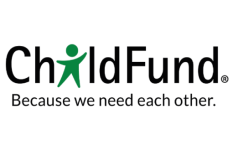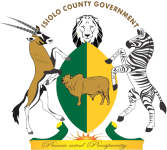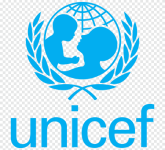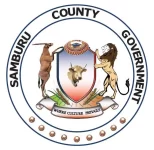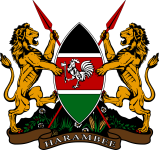About us
We make the best for all our children
WHAT NAWIRI IS ABOUT
Nawiri Child Development Program (Nawiri CDP) was formed by merging four CBOs operating in Marsabit, Samburu and Isiolo Counties. The CBOs were Marsabit Child and Family Programme, Maikona Child and Family Programme, Archer’s Post Childcare Centre and Isiolo Development Project.
The CBOs were started in the year 1974, 1981, 1976 and 1989 respectively. The initial aim of the CBOs was to cater for the poor children’s immediate needs due to frequent droughts and natural calamities.
The CBOs later incorporated the children’s families; the incorporation of the families was necessitated by the fact that a child would be best assisted under the care of his/her parent.
The CBOs enhanced its programming through development and implementation of area strategic planning until 2017 when they decided to form an NGO to better serve the communities and also have better bargaining power.
The board members are selected by the delegates from the four area in Isiolo, Marsabit, Samburu and Maikona. The organization has 5 board including the chairperson, Treasurer, Secretary and two board members while the programme being the secretary to board.
Isiolo-Marsabit cluster which gave birth to NGO known as Nawiri child development programme formed in 2011 by Archer post child care center which was under North rift cluster Isiolo development project from Mount Kenya cluster and the former Marsabit cluster which included Maikona and Marsabit child and family programme.
key Programmes
What Drives Us ?
Enrolled & Sponsored Children
The sponsorship component program has 3,293 enrolled children out of which whom 2,334 are sponsored while 959 are yet to be assigned to sponsors. The sponsor relations department is in process of targeting more active sponsorship, while retaining the active sponsors through quality and timely correspondences for the sake of constant communication between the child and their respective sponsor.
Target Beneficiaries
The projected target areas of concern for the program are poor children 0-5, 6-14 and 15-24 children and their families with the aim of supporting their development without any bias towards the general socio-economic performance of the community. Subsequently, we serve our target beneficiaries in the context of the communities to which they belong using the child as our center of interest. To this end the larger community also forms the indirect focus through sustainable community development and resilience approach. Indeed, some of the program services that we render eventually benefit the larger community, though initially undertaken in the context of the targeted-enrolled children and their families.
Staffing, Staff Requirements & Capacity Building
To fully achieve our desired goal of effective and efficient implementation of the programs, the organization deployed 11 staff. They include 4 Programme Officers in charge of Programs and Sponsorship, 1 Sponsor Relation Coordinator, 1 Admin Assistant Officer, 1 Finance and Administration Manager, 1 Program Coordinator/CEO, 2 Day and Night Security guards and 1 Driver. To enhance smooth running of the SR department, the organization works closely with 26 parent volunteers who assist children in sponsor child communication through receiving and responding to mails by linking the community to the site offices. Staffs and parent volunteers require trainings as well as motivation to improve their capacity for efficient implementation of the programs. Basically, to enhance capacity building among project staffs there are usually trainings and meetings held on monthly basis with facilitation of Area office to provide more updates on various aspects of project implementation in all projects.
MEET OUR TEAM

Gideon Kimosop
- Programme Coordinator
“To be of benefit to all children who need the support of the greatest goal in my life.”
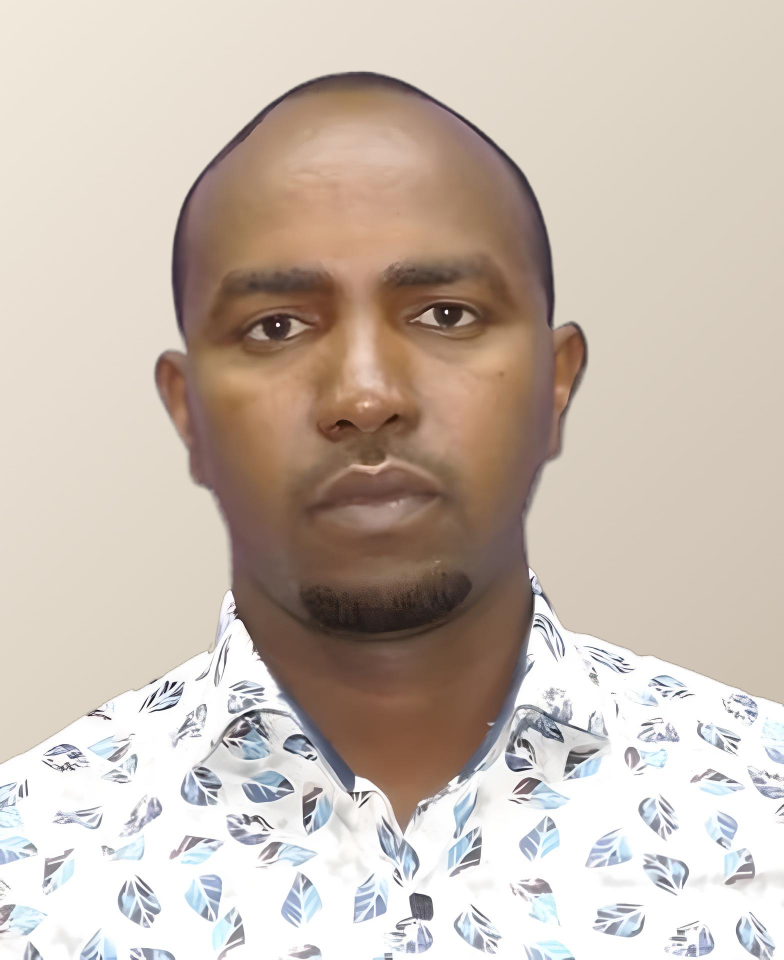
Boru Huka.
- BOARD CHAIR PERSON
“I love the kids we serve and when love is the motivation, there is no things that can’t be achieved.”
Our Coverage area
Samburu, Marsabit & Isiolo Counties
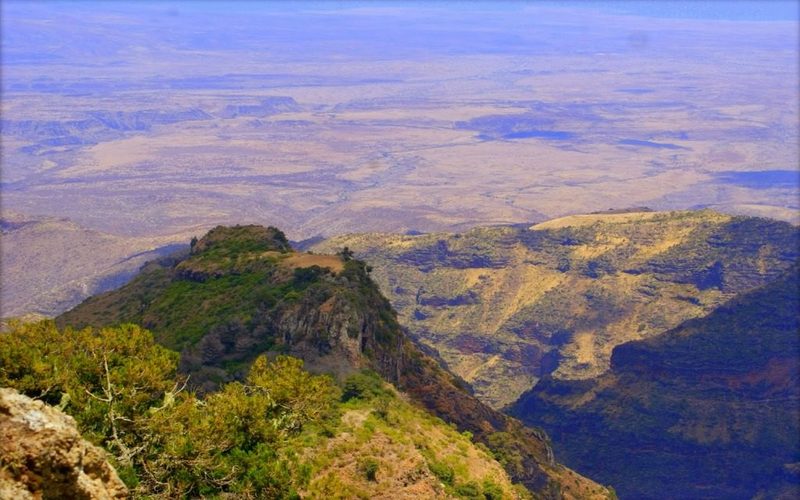
Topography
Nawiri Child Development Programme Covers the three counties of Isiolo, Marsabit and Samburu. The Programme currently covers Marsabit central, Maikona, Archers Post and Isiolo Central.
Samburu County is a County in the former Rift Valley Province of Kenya. It covers an area of 21,065 km² in Northern Kenya where the Samburu, Turkana and many other tribes live. The county has a population of 310,327. It stretches north from the Waso Ngiro River to the south of Lake Turkana and also includes Mount Kulal which lies just east of Lake Turkana.
Marsabit County covers a surface area of 70,944 km², it is the largest county in Kenya. It’s capital is Marsabit and its largest town Moyale. The county has a population of 459,785
Isiolo County is a county in the former Eastern Province of Kenya. Its population is 268,002 (2019 census). Isiolo County will be the first county to be developed as part of the Kenya Vision 2030 program. Its capital and largest town is Isiolo. Other upcoming urban centres are: Garbatulla, Modogashe, Kinna, Merti and Oldonyiro
The local topography is arid or semi-arid low plains.

Rainfall & Temperatures
Generally, this region forms parts of Arid and Semi-Arid counties characterized by low rainfall of between 300-500 mm per year, and experiences temperatures ranging from 12°C to 28°C. The common vegetation is shrubs and acacia trees which thrive well in arid areas.
The soil is mostly sandy and saline and has a low water holding capacity, making it difficult to engage in agricultural activities, the summers are short, warm, and mostly cloudy and the winters are short, comfortable, dry, windy, and partly cloudy. Over the course of the year, the temperature typically varies from 60°F to 85°F and is rarely below 56°F or above 88°F
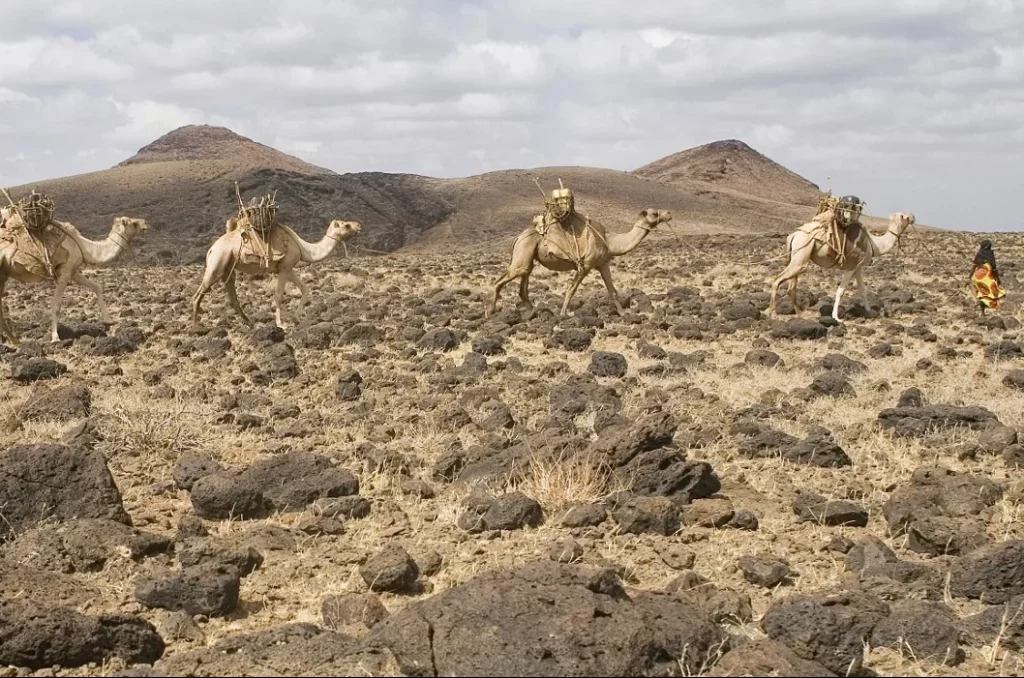
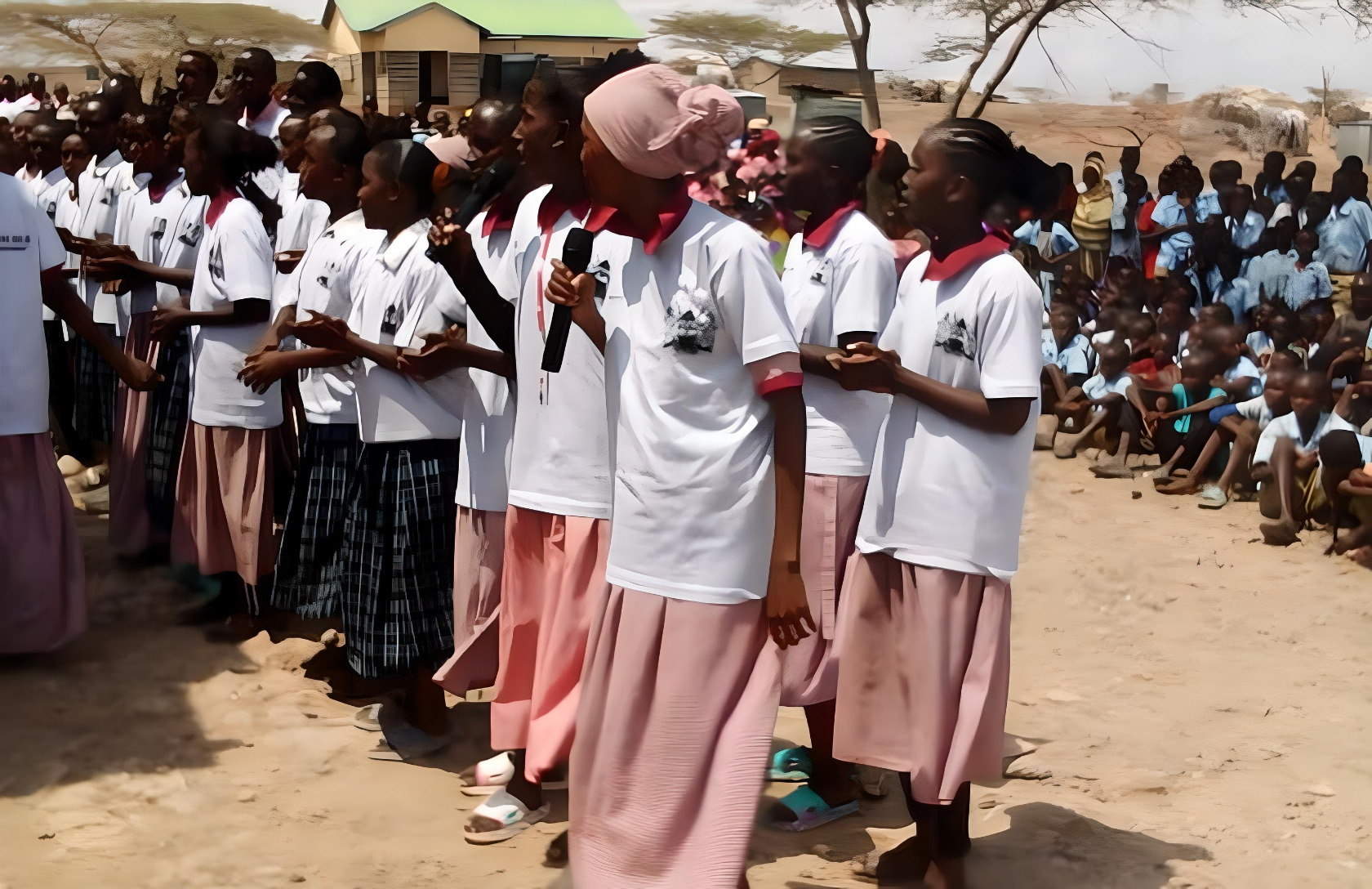
Demographics
The population of Isiolo County as per Kenya National Bureau of Statistics (KNBS) is 268,002 with 52% male and 48% female. The county has an annual population growth rate of 4.65%.
Isiolo town where the programme covers has the largest urban population of 38% of the county’s population.
Marsabit County has a population of 459,785 with 53% of the population being male and 47% female. The average household size in Marsabit is 5.8 with a population density of 6 people per Km2. The age distribution is 0-l4 years 47%, 15-64 years 50% and 65+ years 3%. The county has an average household population of 77,495 as per 2019 Kenya population census.
According to the 2019 Census, Samburu County has a population of 310,327 people with a population density of 15 people per Km2 and average household size of 4.7. The age distribution is 0-l4 years 50.6%, 15-64 years 46.4% and 65+ years 3%N
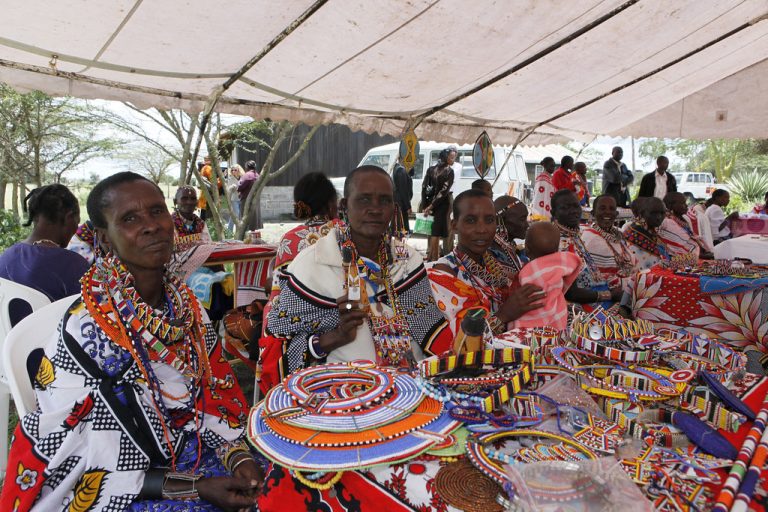
Economic Status
Livestock rearing is the backbone of the three County’s economy. The majority of people are nomadic pastoralists who mainly keep cattle, camels, sheep and goats. These animals are mainly sold to the Kenya Meat Commission as well as traders from Nairobi and other neighboring towns especially during droughts. Beekeeping is also a major economic activity.
Despite the harsh climatic conditions, some areas have recently started growing crops in effort to fight starvation. Drought-resistant crops such as millet, sorghum and certain species of maize are grown in areas such as Lpartuk, Poros and Malaso.
Tourism is also a major source of revenue to Isiolo and Samburu people, with some of the residents being employed in the county’s safari lodges and others working as tourist guides. The county’s main attraction sites offer a thriving market for Samburu artifacts such as beads, necklaces and bracelets.
About 80% of the people of Marsabit County are nomadic pastoralists, 10% are small scale farmers and about 7% are business people, with the rest being salaried employees mainly working with the government and non-governmental organizations (NGOs). Some of the NGOs providing employment opportunities in the county include the World Food Programme (WFP), Action Aid, World Vision and the Kenya Red Cross.
Other economic activities in the county include salt mining, gemstones mining, sand harvesting and fishing.
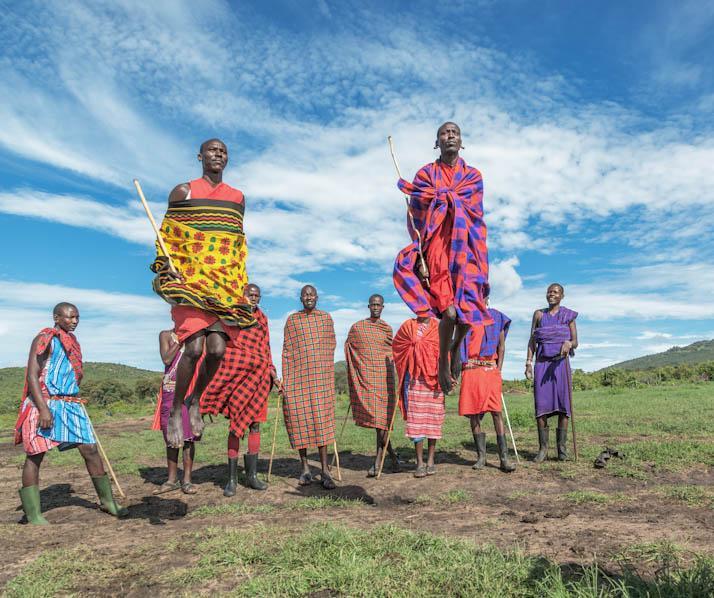
Religion and Culture
In this counties most of the residents are either Muslims or Christians Close to 34% of the people are Christians, 47% are Muslims, while 19% adhere to other religions. Among the ethnic groups, men are traditionally responsible for taking care of animals, while women are tasked with taking care of their children and performing day-to-day chores in the home. They are also responsible for the construction (weaving) of portable grass huts for their families.
Boys usually accompany their fathers to the grazing fields, while girls are supposed to help their mothers at home mainly by gathering firewood and fetching water. Over the years, the communities have adopted elements of the modern world such as formal schooling and employment. About 40,000 students are currently enrolled in the county’s 126 primary schools, with another 1,100 attending high schools.
Our Partners

